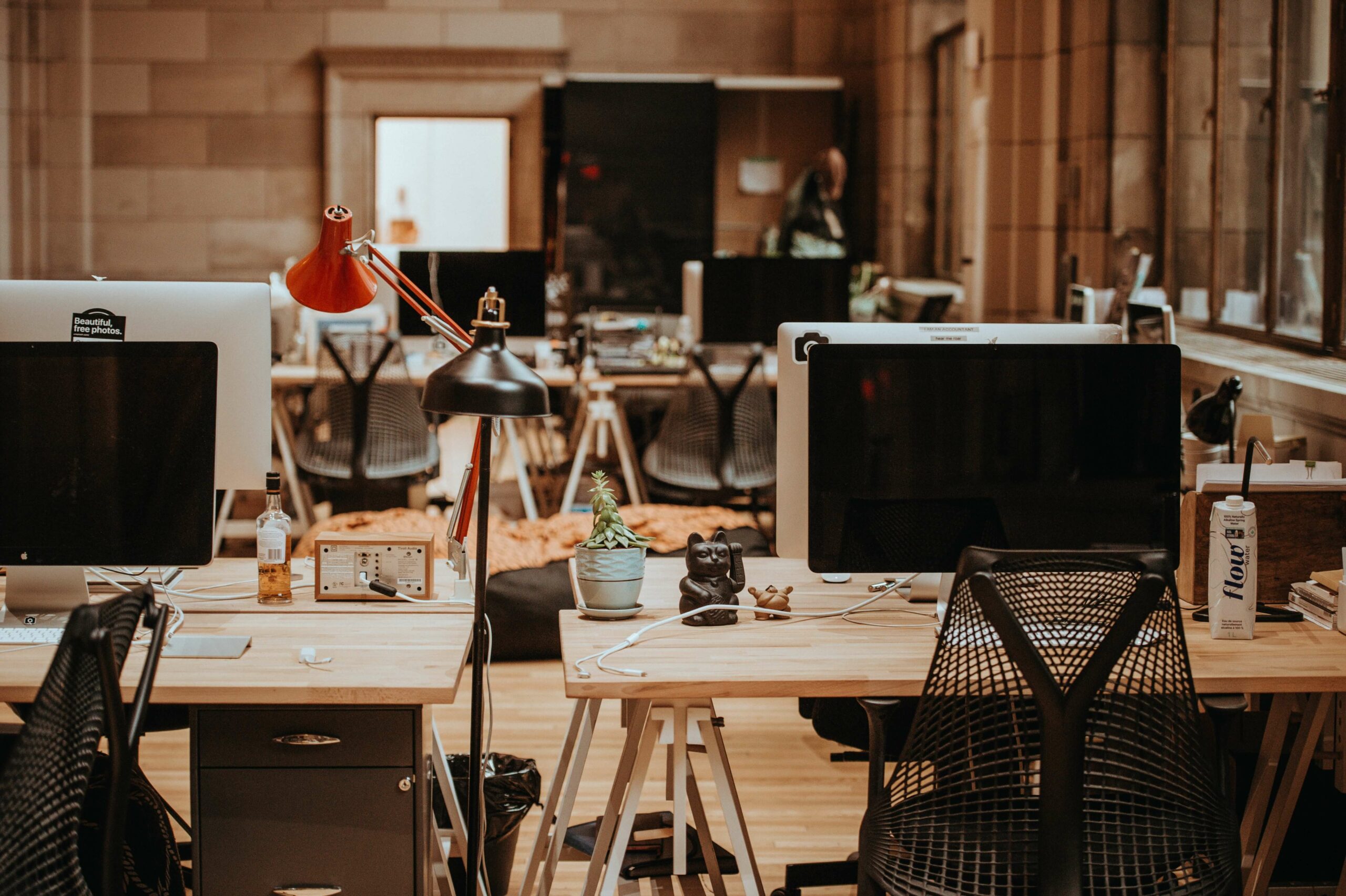Design studios are the creative sanctuaries where artistic minds collide, innovation blossoms, and the blueprint of ideas transforms into tangible creations. These unique spaces, brimming with creativity, are the birthplaces of architecture, fashion, graphic design, and other artistic endeavours.
What Is a Design Studio?
A design studio is a collaborative workspace where professionals from various artistic and design disciplines gather to conceptualise, create, and refine their projects. These studios can vary in size, from small boutique operations to large, multidisciplinary firms. They serve as hubs of creativity, enabling designers to work on projects ranging from architectural masterpieces to intricate graphic design or fashion collections.
The Elements of a Design Studio
- Creative Workspace: A design studio’s core is the workspace where designers, architects, and artists gather. This area is thoughtfully designed to inspire creativity, with elements like ample natural light, flexible seating, and tools and materials needed for the design process.
- Collaborative Environment: Design studios thrive on collaboration. They bring together experts from different fields to brainstorm ideas, share expertise, and cross-pollinate creative concepts. This collaborative spirit fosters innovation.
- Resources: Design studios are equipped with the necessary tools and technology. This includes everything from drafting tables, computers, 3D printers, and a wide variety of materials for prototyping.
- Libraries and Archives: Design studios often have extensive libraries and archives filled with books, periodicals, and reference materials. These resources help designers stay informed and inspired.
- Critique Spaces: A crucial aspect of design studios is the presence of critique spaces where designers can discuss their work with colleagues and mentors. This feedback loop helps refine designs and fosters a culture of continuous improvement.
Functions of a Design Studio
- Conceptualisation: Design studios are where ideas take their initial form. Designers brainstorm, sketch, and visualise their concepts. Whether it’s a building, a logo, or a piece of clothing, this is where the magic begins.
- Prototyping: In many design disciplines, prototyping is a vital step. In architecture, models are constructed; in fashion, garments are sewn; in graphic design, mock-ups are created. The design studio is where these prototypes come to life.
- Collaboration: As mentioned earlier, design studios are hubs of collaboration. Professionals with different skills come together to work on projects. Architects might team up with interior designers and landscape architects to create a cohesive space, for example.
- Critique and Feedback: Designers often bring their work to the studio for critique. Honest, constructive feedback from peers and mentors helps improve the design. This feedback loop is invaluable for refining the end product.
- Research and Development: Design studios are centres of research and development, where designers explore new materials, technologies, and techniques. They stay at the forefront of their respective fields by pushing boundaries.
Significance of Design Studios
- Nurturing Creativity: Design studios provide an environment that encourages creativity. The collaboration, resources, and critique spaces all contribute to a nurturing atmosphere where designers can think freely and express their ideas without fear.
- Innovation: Design studios are hotbeds of innovation. They push the boundaries of what’s possible in various design disciplines, from architecture to fashion to graphic design. New ideas and approaches often emerge from these spaces.
- Professional Growth: For individuals in the design field, design studios are essential for professional growth. The opportunity to collaborate with experts in the field, receive feedback, and work on real-world projects is invaluable for honing one’s skills.
- Problem Solving: Design studios excel at problem-solving. They tackle real-world challenges, whether it’s designing a sustainable building, creating a user-friendly website, or developing a cutting-edge fashion collection. Designers are problem solvers at heart, and design studios provide them with the platform to exercise their skills.
- Education: Many design studios are associated with educational institutions, where they serve as both learning spaces and real-world training grounds for students. Aspiring architects, fashion designers, and graphic artists get hands-on experience and exposure to industry practices.

